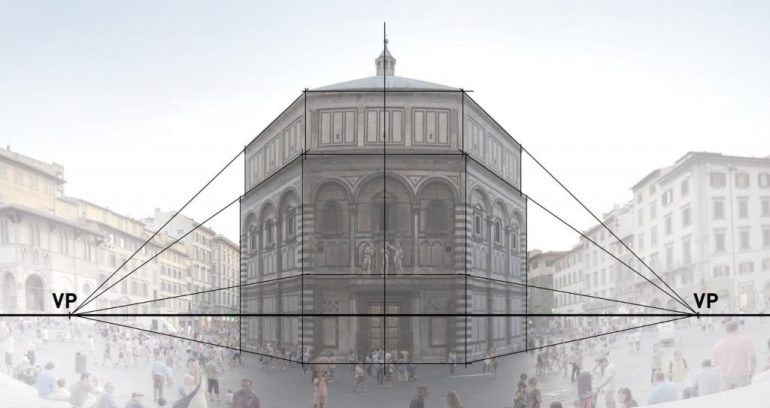Week 2: Math and Art
 |
| Brunelleschi Baptistry with linear perspective found in https://zttosha.com/perspective-theory-filippo-brunelleschi/ |
 |
| Las Maninas by Diego Velázquez from Museo Del Prado |
 |
| A computer rendering of view position for the painting (Stork and Furuichi) |
Kate Mckinnon perfectly sums up the pursuit of humans by stating people are “driven to measure.” Mckinnon values the physical practice in beading to expand the envelope of the human experience. No matter how much mathematics and computer models can replicate art, this is limited to the algorithm inputted by a human being. This week really emphasized the beauty of the human mind to me. It is astonishing how nothing can compare to the originality and creativity that a person can produce. Science is a close second. We often pride ourselves on the ability to think, explain, and name the occurrences of the natural world, yet our expressive display of how we perceive the world is unique, while science constantly attempts to catch up with such ideation.
 |
| Kate Mckinnon with a necklace she personally created found in https://www.interweave.com/article/beading/contemporary-geometric-beadwork-update/ |
Lang, Robert, director. The Math and Magic of Origami. TED, www.ted.com/talks/robert_lang_the_math_and_magic_of_origami.
“Las Meninas - The Collection.” The Collection - Museo Nacional Del Prado, www.museodelprado.es/en/the-collection/art-work/las-meninas/9fdc7800-9ade-48b0-ab8b-edee94ea877f.
Mckinnon, Kate. “Contemporary Geometric Beadwork: An Update.” Interweave, 1 July 2019, www.interweave.com/article/beading/contemporary-geometric-beadwork-update/.
McKinnon, Kate. “Kate McKinnon - Math and Art.” UCLA Art|Sci Center . UCLA Art|Sci Center , 5 Apr. 2021.
Smarthistoryvideos, director. Linear Perspective: Brunelleschi's Experiment. YouTube, YouTube, 20 Nov. 2011, www.youtube.com/watch?v=bkNMM8uiMww&t=31s&ab_channel=Smarthistory.
Stork, David G., and Yasuo Furuichi. “Computer Graphics Synthesis for Inferring Artist Studio Practice: an Application to Diego VeláZquez's Las Meninas[.” The Engineering Reality of Virtual Reality 2009, 2009, doi:10.1117/12.806264.
“Velázquez, Las Meninas (Video).” Khan Academy, Khan Academy, www.khanacademy.org/humanities/ap-art-history/early-europe-and-colonial-americas/reformation-counter-reformation/v/vel-zquez-las-meninas-c-1656.
Vesna, Victoria. Mathematics-pt1-ZeroPerspectiveGoldenMean.mov. YouTube, YouTube, 9 Apr. 2012, www.youtube.com/watch?v=mMmq5B1LKDg&ab_channel=UCOnline.
zttosha9. “Perspective Theory - Filippo Brunelleschi.” ZT TOSHA ART, 10 Dec. 2018, zttosha.com/perspective-theory-filippo-brunelleschi/.
Comments
Post a Comment